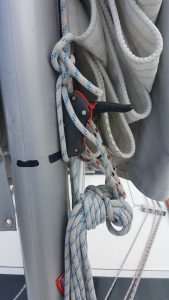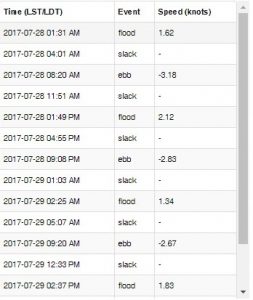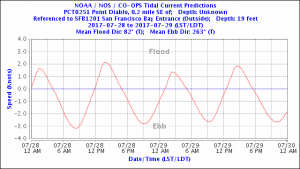Before I get started, a few “legal disclaimers.” I am not an attorney. Do not rely on this article as legal advice. The article is simply my thoughts regarding a new law that has not yet been tested in the courts.
As of January 1, 2018 all persons 20 years of age and younger who operate any motorized vessel on state waterways, including powered sailboats and paddlecraft, are required to carry a boater card issued by the State of California, Division of Boating and Waterways, if you are looking for a marina check out https://www.jerrysmajestic.com/ to learn more from it.
On January 1 of each subsequent year, the age where a boater card is required increases by 5 years, as shown in the schedule below.
- January 1, 2018 – Persons 20 years of age or younger
- January 1, 2019 – Persons 25 years of age or younger
- January 1, 2020 – Persons 35 years of age or younger
- January 1, 2021 – Persons 40 years of age or younger
- January 1, 2022 – Persons 45 years of age or younger
- January 1, 2023 – Persons 50 years of age or younger
- January 1, 2024 – Persons 60 years of age or younger
- January 1, 2025 – All persons regardless of age
I am already over 60, so based on this phasing schedule I am not going to need to worry about it until 2025 … right? Maybe, maybe not. What happens when I turn the wheel over to an 18-year-old, just long enough for me to drop below to use the head?
One of the exceptions to the boating card requirements reads; “A person operating a vessel while under the direct supervision of a person 18 years of age or older who is in possession of a California Boater Card.” So, it shouldn’t be a problem, right … wrong … I think … the exception doesn’t say in possession of a card if they are of an age to require one. It says “who is in possession of a California Boater Card.” I don’t currently have a boater card, because I don’t need one, however, if I am reading the exception correctly, I need one if I am to supervise someone who doesn’t have one, but would need one if I wasn’t supervising them. Getting a headache yet? Here is another exception. I don’t need a boater card because I am in possession of a valid marine operator license, except that I might need one because of the supervision clause.
So, enough of that stuff. How do you get a boater card?
First, take a class. There are a number of options available, including home study with mail in testing, online classes, and in person classroom sessions. Some of the classes are free, while others have a fee associated (generally about $30.00 as of December 2017.) Information about currently approved courses can be found at: http://californiaboatercard.com/courses/
Note: The California Division of Boating and Waterways, California Course for Safe Boating is a home study course available through Tradewinds.
Second, get proof of education. Depending upon the class option selected, you may receive the proof immediately, or you may have to wait for one to be mailed to you.
Third, once you have proof of education, apply for the card online at http://californiaboatercard.com/applynow/ . There is a $10.00 fee for the card, which can be mailed in or paid online using Visa, MasterCard, or Discover.
In closing, here is one more exception to needing a boater card. Rental boats. When renting a boat, you don’t need a valid California Boater Card. Which may cover boats chartered through Tradewinds, however, I can’t find the definition of “rental boat”, so I’m not sure. As an instructor here at Tradewinds, I have made the decision to get a card right away. I don’t need to get one until 2025 based on my age and my “captains license”, however, as an instructor, students that would need a card, but don’t have one, will be under my direct supervision, so I believe that I need one anyway. I highly recommend you get one also, just in case.

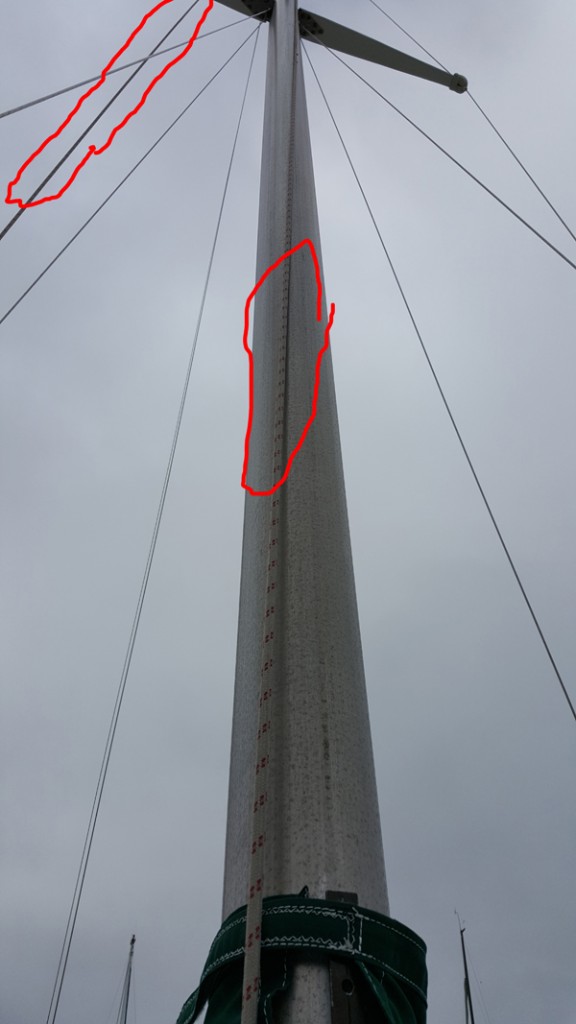
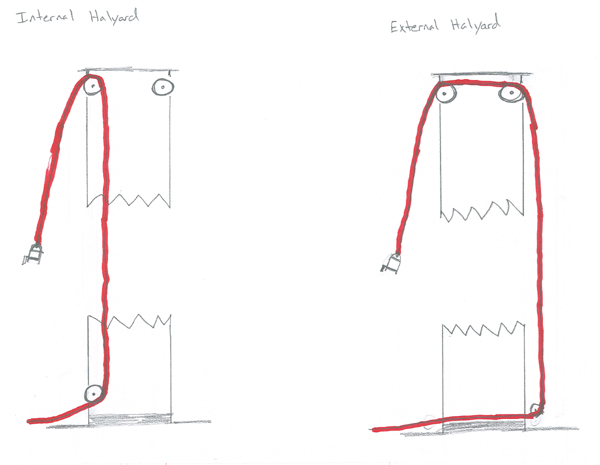
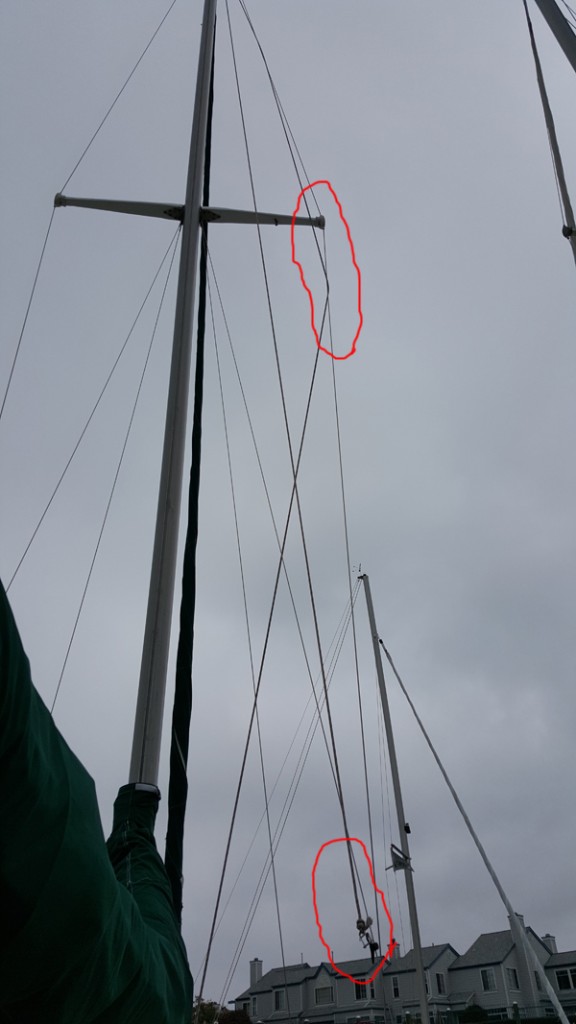

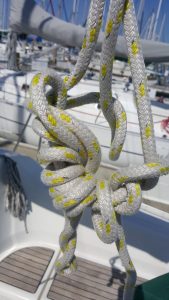
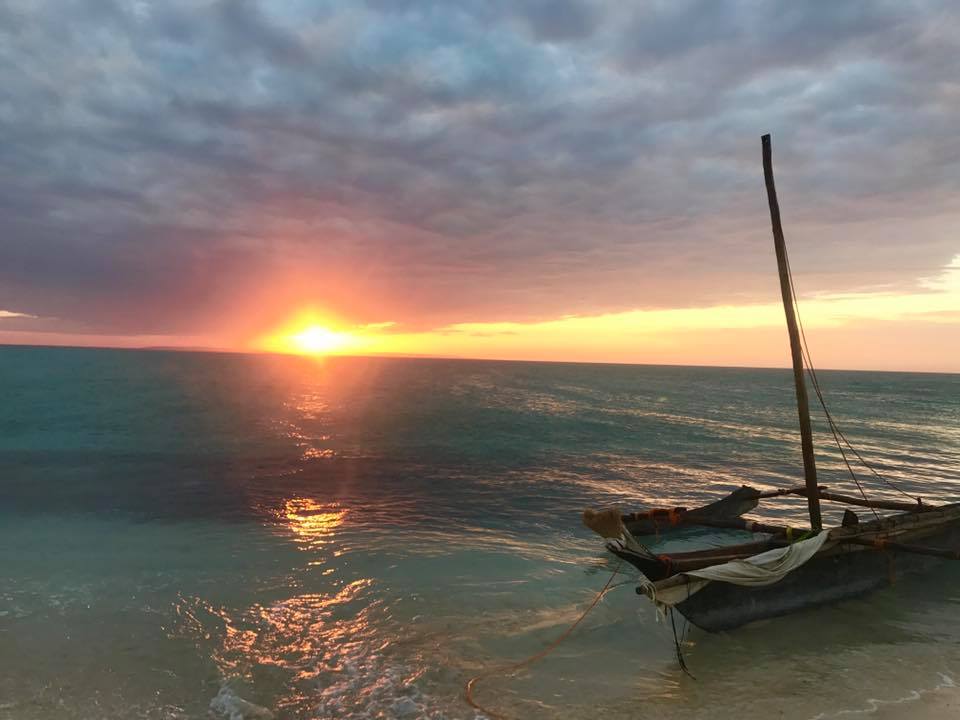
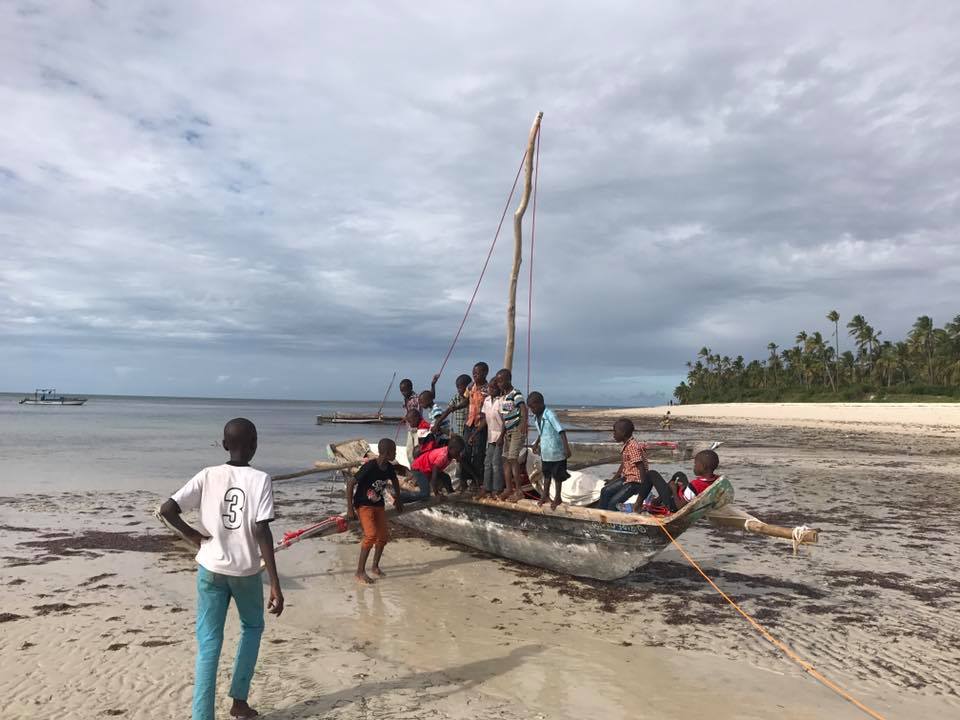
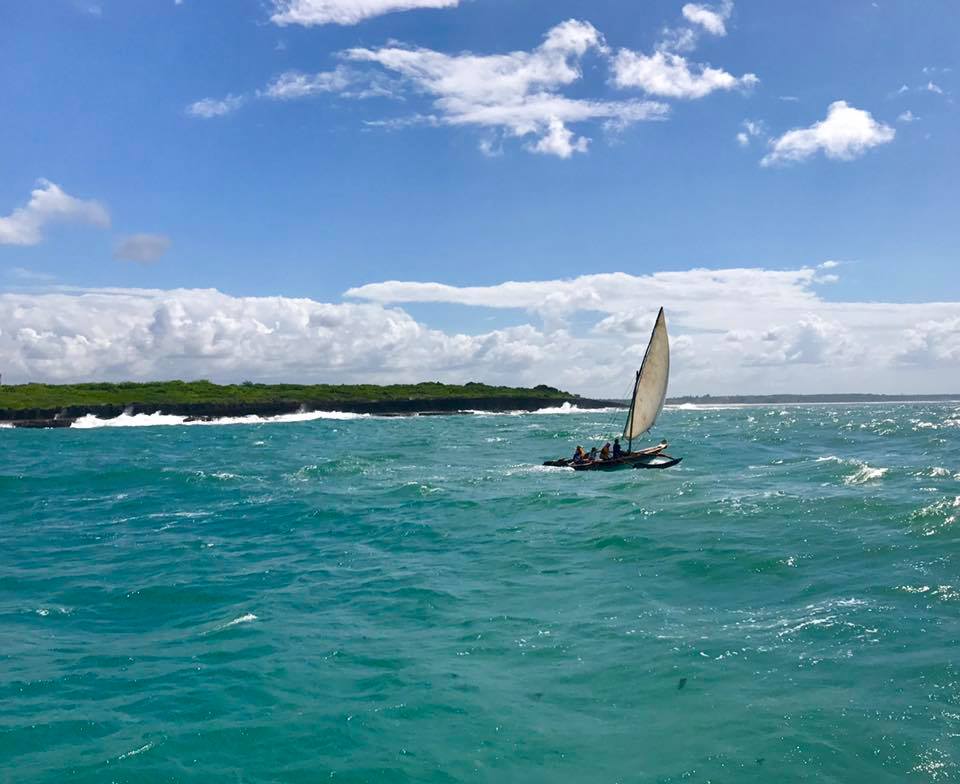
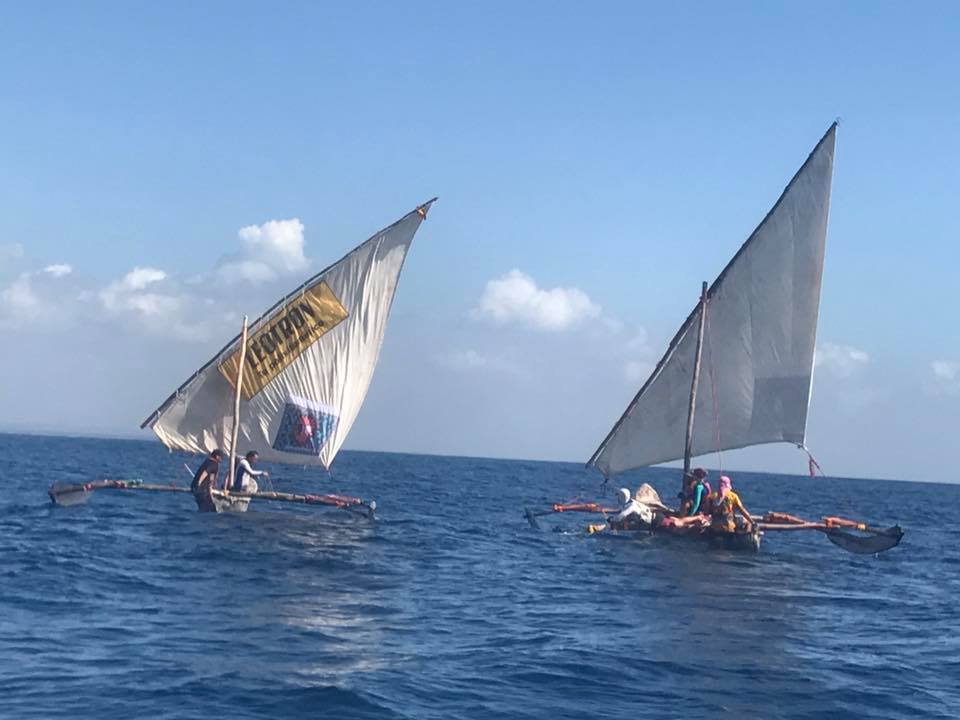
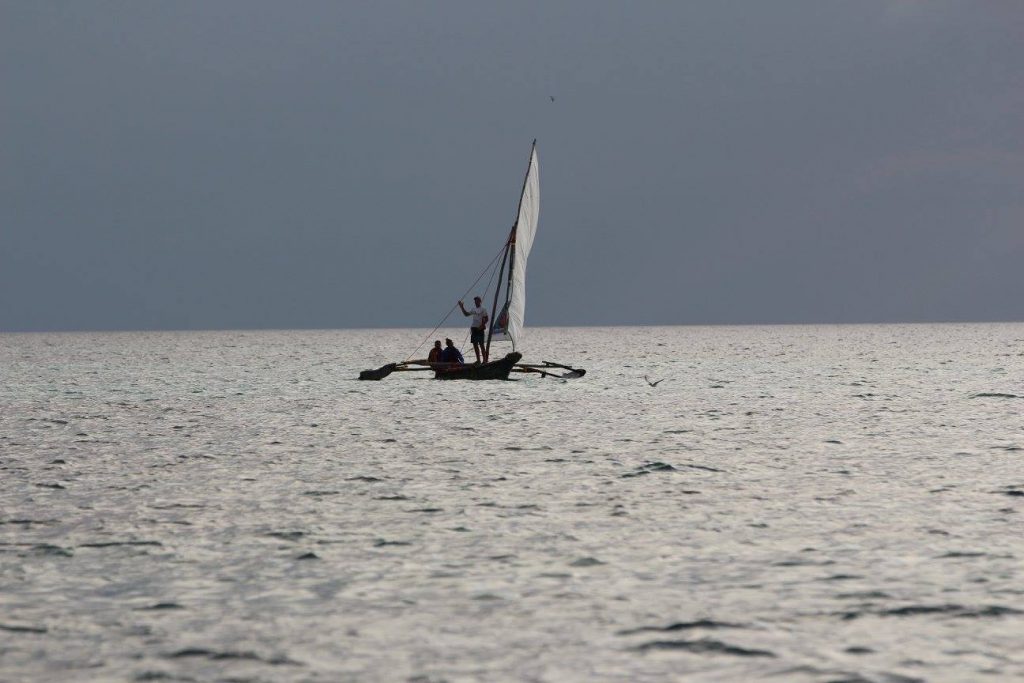
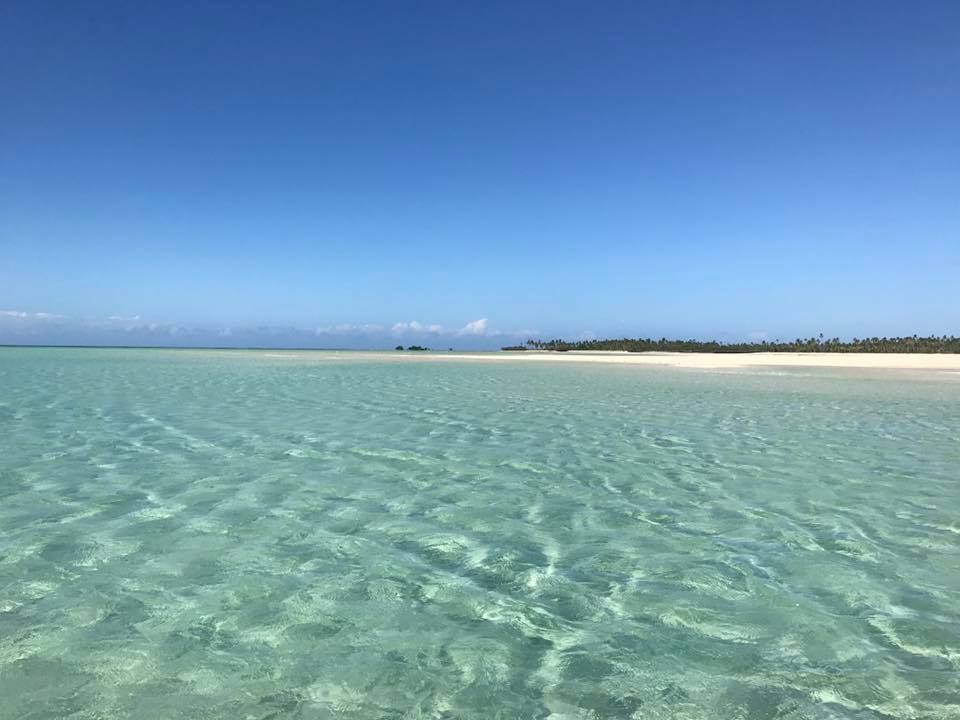

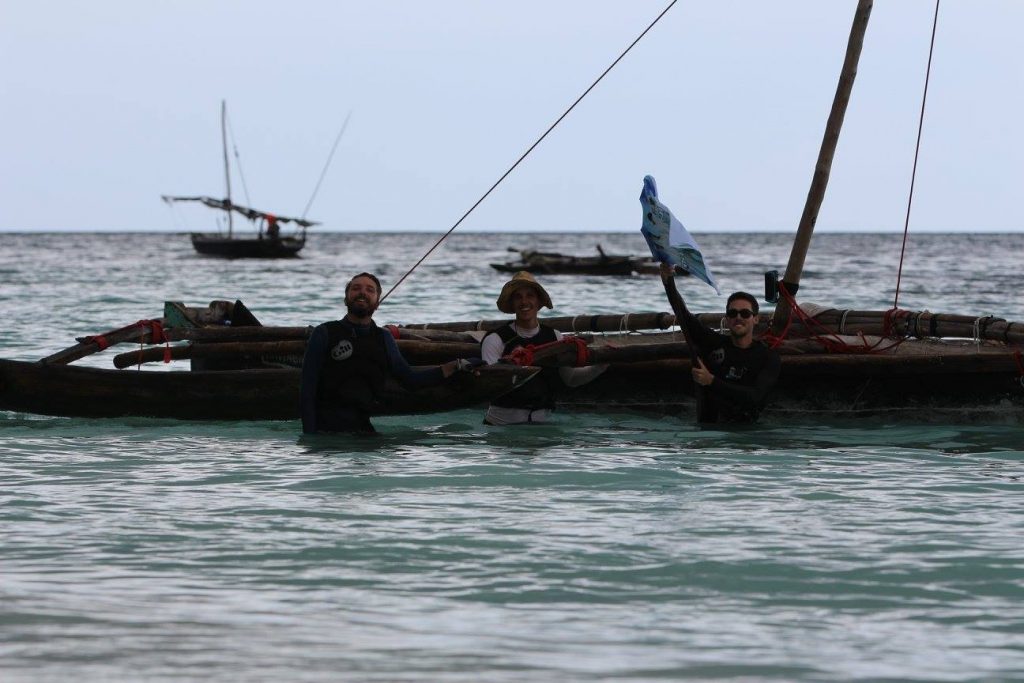
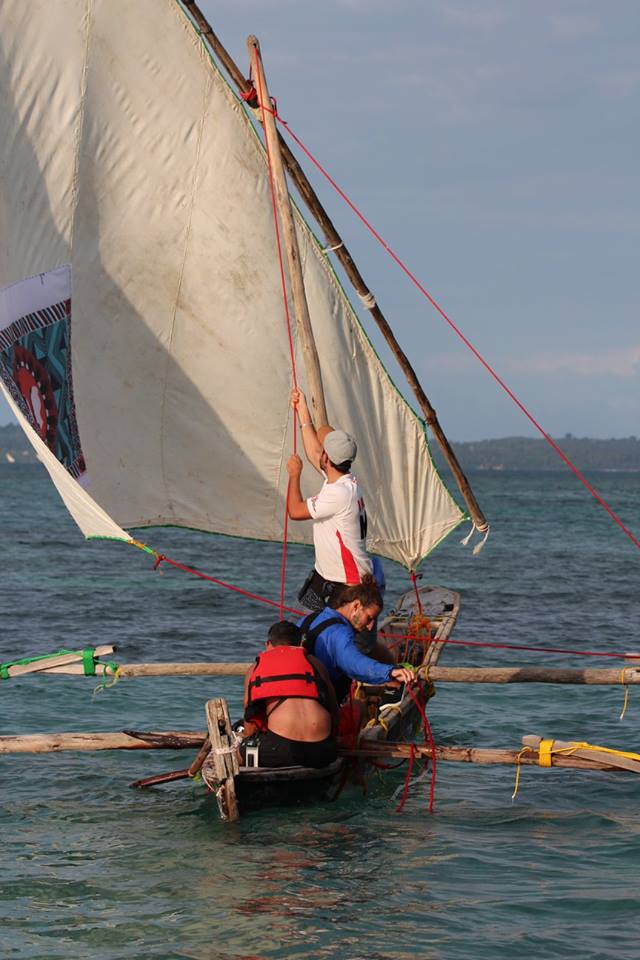
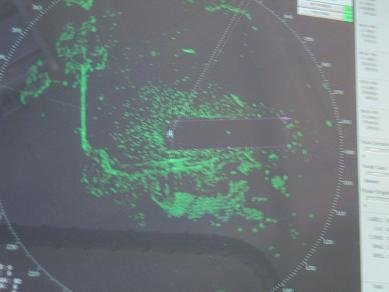
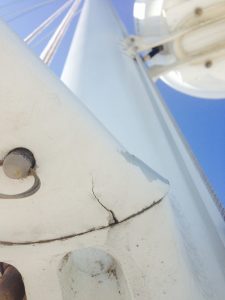
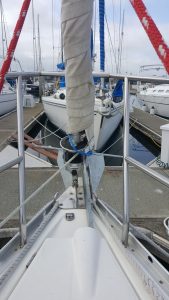 Anchor?
Anchor?